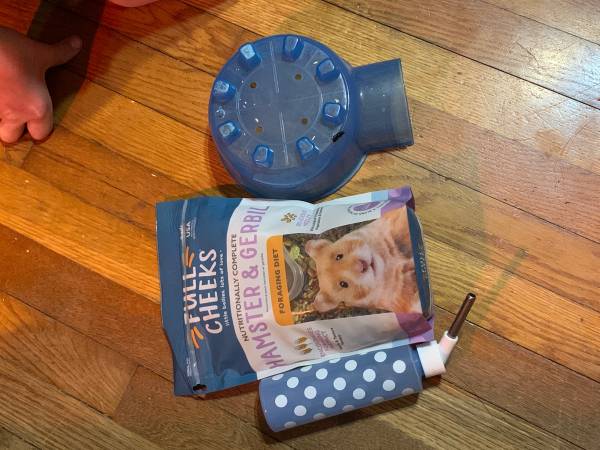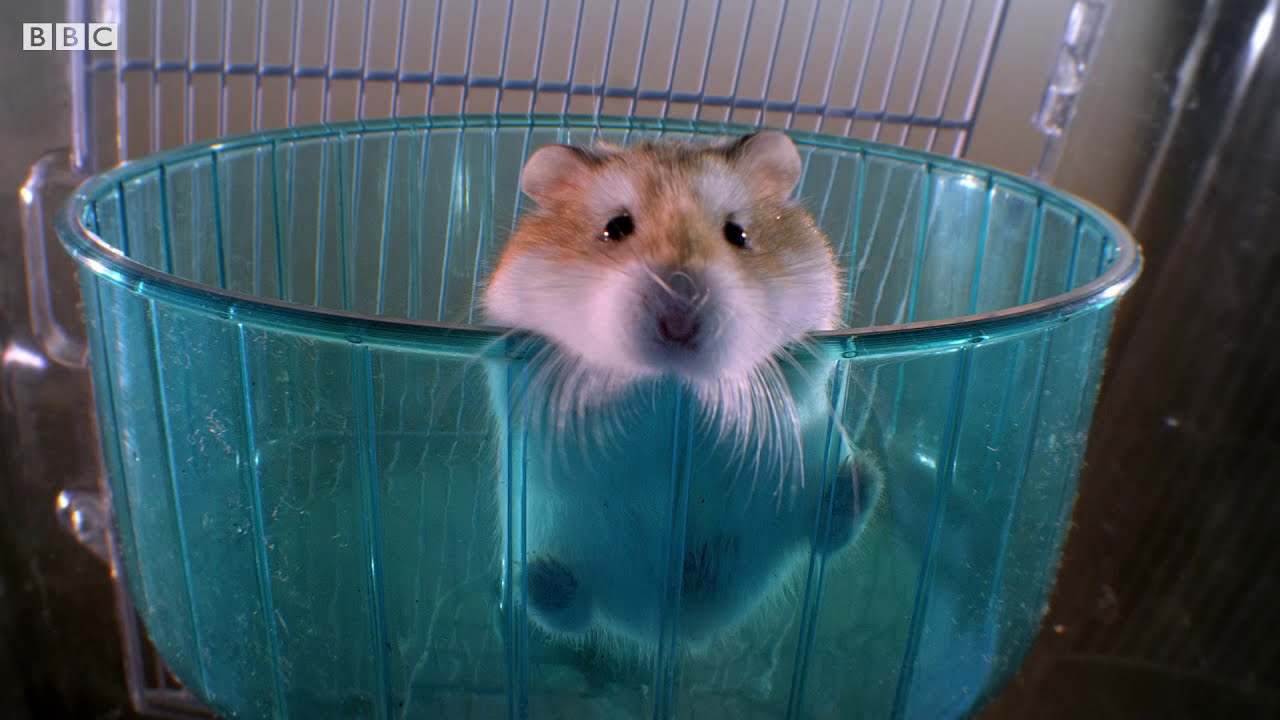For those venturing into the world of small pet ownership, the decision often comes down to a furry, whiskered dilemma: gerbil or hamster? Both these tiny creatures offer unique charm and personality, but understanding their distinct needs and characteristics is crucial for finding the right fit for your home and lifestyle.
In this article, we will dive deep into the world of gerbils and hamsters and compare them in terms of physical characteristics, temperament, housing and care, diet and nutrition, and finally, considerations for choosing the right pet.
>> READ MORE:
- The Hamster Ball Conundrum Are They Fun or a Fiasco?
- Choosing the Perfect Name for Your Female Hamster
- Black Hamster Names A Guide to Finding the Perfect Moniker
- The Great Gerbil vs. Hamster Debate Which Tiny Friend Is Right for You?
Physical Characteristics: Size, Appearance, and Lifespan

When it comes to size, gerbils and hamsters are quite similar, with both being under 5 inches in length. However, there are some differences in their appearance, with gerbils having longer tails and more prominent hind legs compared to hamsters. In terms of lifespan, gerbils typically live between 2-4 years, while hamsters can live up to 3 years.
Gerbil Size and Appearance
Gerbils are slightly larger than hamsters, ranging from 4-6 inches in length. They have a slender body with a long furry tail, which they use for balance and communication. Their fur can come in various colors, including agouti, black, white, and grey, with some breeds even sporting patterns and spots.
Hamster Size and Appearance
Hamsters are smaller in size, averaging around 3-4 inches in length. They have a rounder body shape with a short tail, giving them a more compact appearance compared to gerbils. They come in a variety of colors, including golden, brown, white, and black, with some breeds having patterns and markings on their fur.
Lifespan Comparison
Both gerbils and hamsters have relatively short lifespans, but gerbils typically live longer than hamsters. This is due to the fact that gerbils are more social animals and thrive in groups, while hamsters are solitary creatures. The companionship and stimulation provided by living with other gerbils can contribute to their longer lifespan.
Temperament and Personality: Socialization and Handling

Understanding the temperament and personality of a pet is crucial in determining if they will be a good fit for your lifestyle and household. In this section, we will compare the social behavior and handling preferences of gerbils and hamsters.
Gerbil Social Behavior
Gerbils are naturally social animals, thriving in the company of their own kind. In the wild, they live in large family groups, and this instinctual need for companionship carries over into their life as pets. They enjoy playing and grooming with their fellow gerbils, showing affection through cuddling and grooming each other.
Hamster Social Behavior
In contrast, hamsters are solitary creatures and do not require or seek out the company of other hamsters. In fact, keeping two hamsters together can often lead to aggressive behavior and fighting, which can cause injury or even death. It is best to keep hamsters separate from other hamsters and only handle them individually.
Handling Preferences
Both gerbils and hamsters can make great pets, but they have different preferences when it comes to handling. Gerbils are more social and curious, making them easier to handle and interact with. They enjoy being held and played with by their owners, as long as proper handling techniques are used. On the other hand, hamsters are more timid and tend to be faster and more skittish, making handling more challenging. They may also bite if they feel threatened or frightened.
Housing and Care: Cage Size, Bedding, and Enrichment

Providing a suitable and comfortable home for your pet is crucial for their well-being. In this section, we will compare the housing needs of gerbils and hamsters.
Cage Size
Both gerbils and hamsters require spacious cages to thrive. However, due to their social nature, gerbils need a larger cage compared to hamsters. A good rule of thumb is to provide at least 10 gallons of space per gerbil, while hamsters can do well in a 5-10 gallon cage.
Bedding Choices
Gerbils and hamsters both enjoy burrowing and digging, so providing a deep layer of bedding is essential for their natural behaviors. Gerbils prefer shredded paper or aspen shavings, while hamsters can do well with paper-based or wood shavings. Avoid using cedar or pine shavings, as they can be harmful to small animals.
Enrichment Options
Both gerbils and hamsters are active animals and require enrichment to keep them mentally stimulated and physically fit. Providing chew toys, tunnels, and wheels are great ways to keep them entertained. Gerbils have a particular love for climbing and digging, so incorporating these activities into their cage is vital for their overall well-being.
Diet and Nutrition: Food Choices and Dietary Needs

Feeding your pet a balanced and nutritious diet is crucial for their health and longevity. In this section, we will compare the dietary needs and food choices for gerbils and hamsters.
Diet and Nutritional Requirements
Gerbils and hamsters have similar dietary requirements, but there are some differences in their specific needs. Both require a mixture of grains, seeds, and vegetables, but gerbils have a higher protein requirement compared to hamsters. They also need fresh fruits and vegetables regularly, while hamsters can do without this addition to their diet.
Commercial Food Options
Both gerbils and hamsters can be fed a mixture of commercial food formulated specifically for their species. However, it is essential to check the ingredients and nutritional values of these foods as they can vary in quality. It is recommended to supplement their diet with fresh fruits and vegetables for added nutrition.
Choosing the Right Pet: Considerations for Your Lifestyle

Ultimately, the decision between a gerbil or hamster should be based on your lifestyle and preferences. Here are some factors to consider before making your choice:
- Time: Gerbils require more time and attention compared to hamsters due to their social nature and need for enrichment.
- Space: As mentioned earlier, gerbils need a larger cage compared to hamsters, so if you have limited space, a hamster may be a better fit.
- Noise level: Hamsters are generally quieter compared to gerbils, which can be quite vocal at times.
- Budget: Both gerbils and hamsters are relatively low maintenance pets, but gerbils may require more resources for their larger cages and higher protein needs.
Conclusion
In conclusion, both gerbils and hamsters make excellent pets, but they have distinct differences that should be taken into consideration before making a decision. Gerbils are social and active creatures, while hamsters are more solitary and timid. Their housing, dietary, and handling needs also vary, so it is important to do thorough research and choose the one that best fits your lifestyle and home. Whichever furry friend you decide to bring into your home, one thing is for sure – they will bring endless joy and entertainment to your life.

